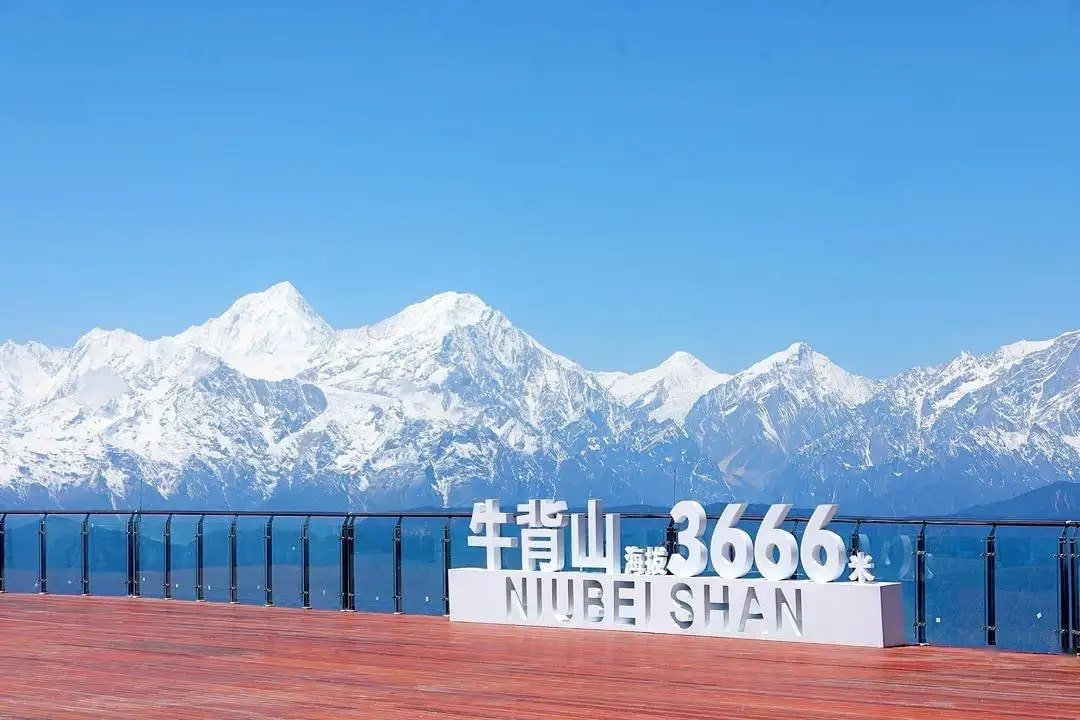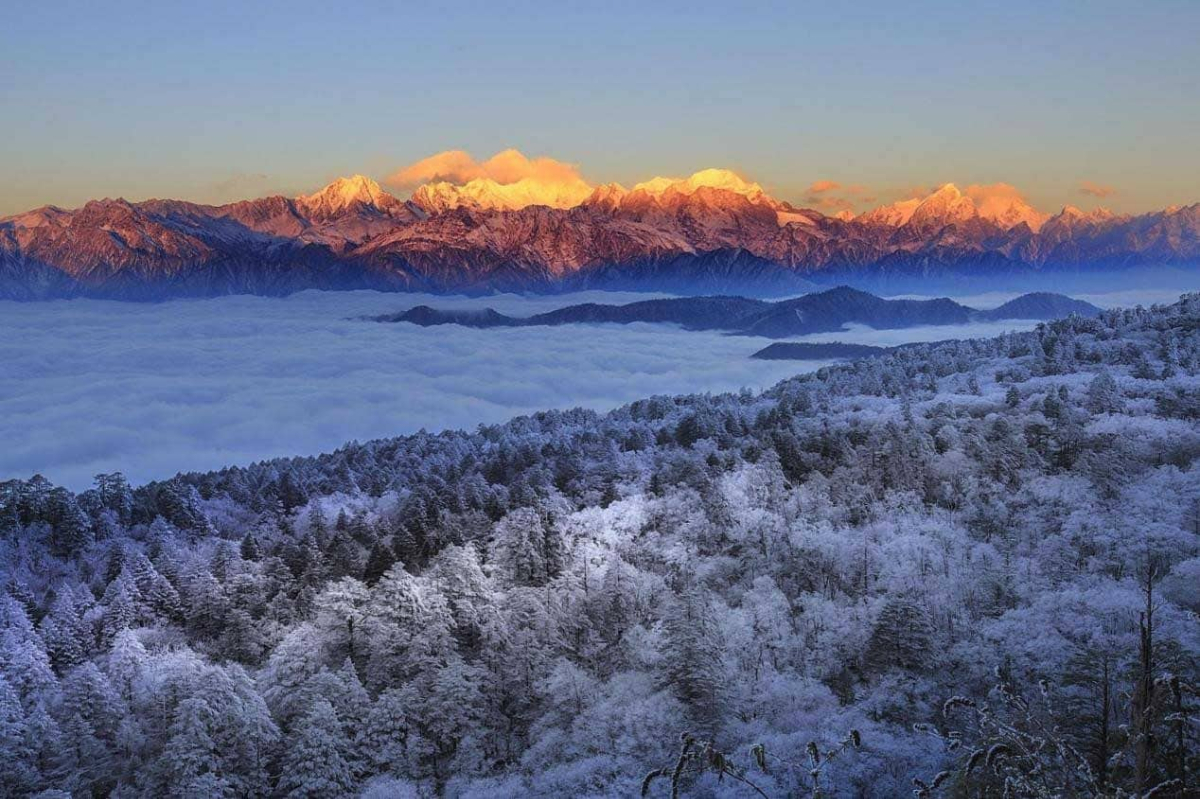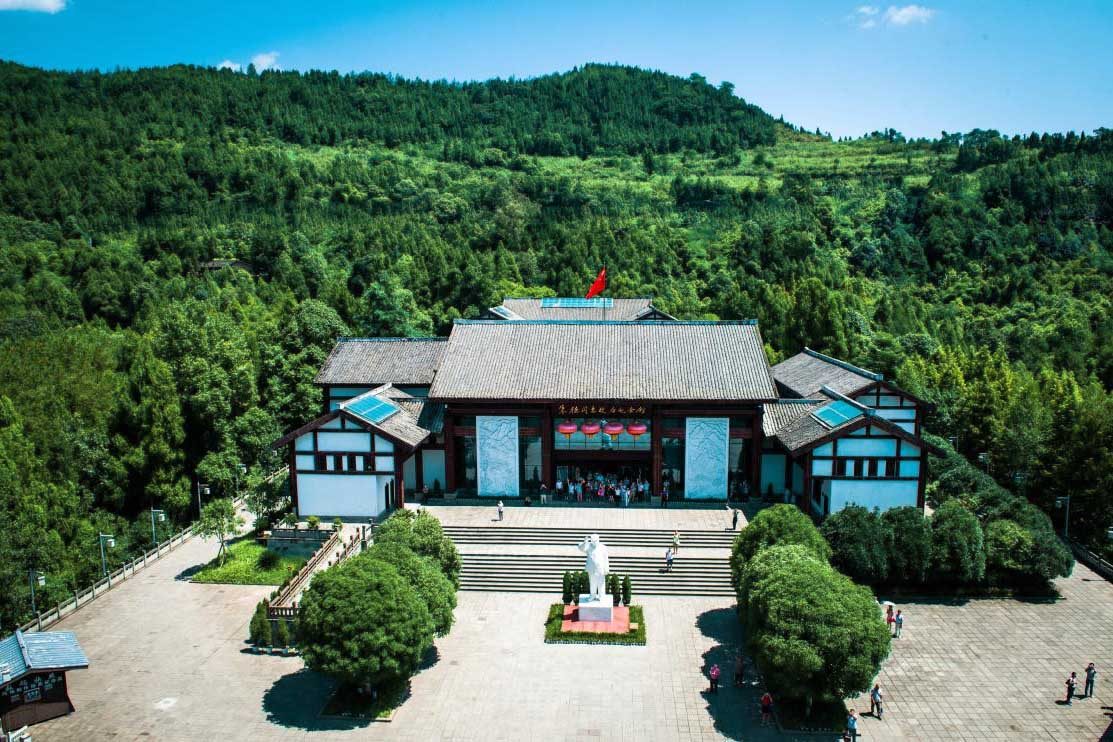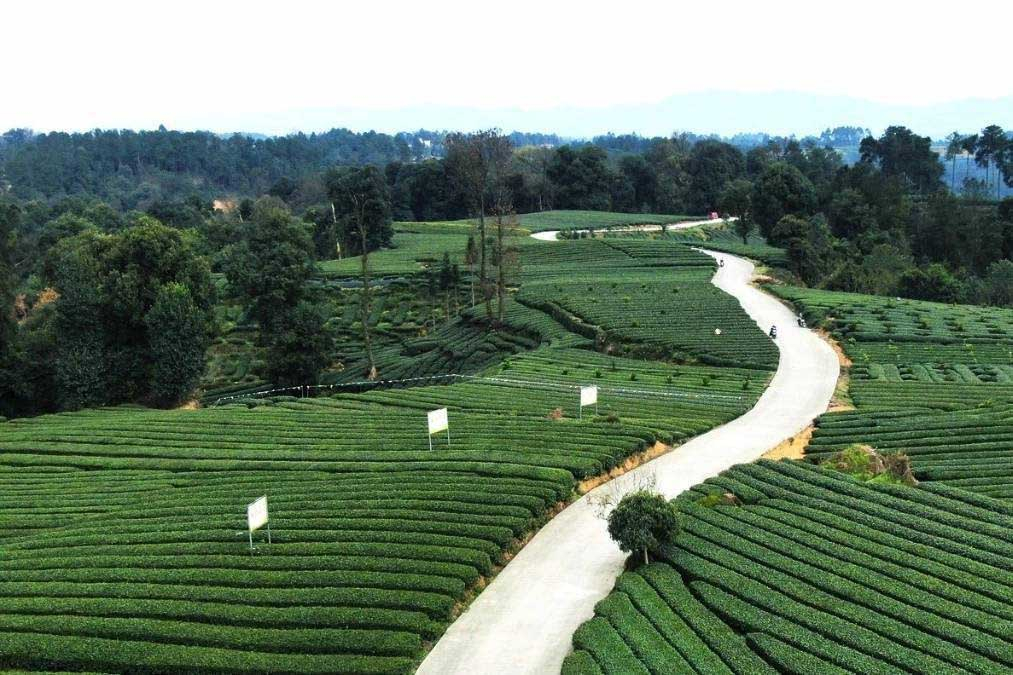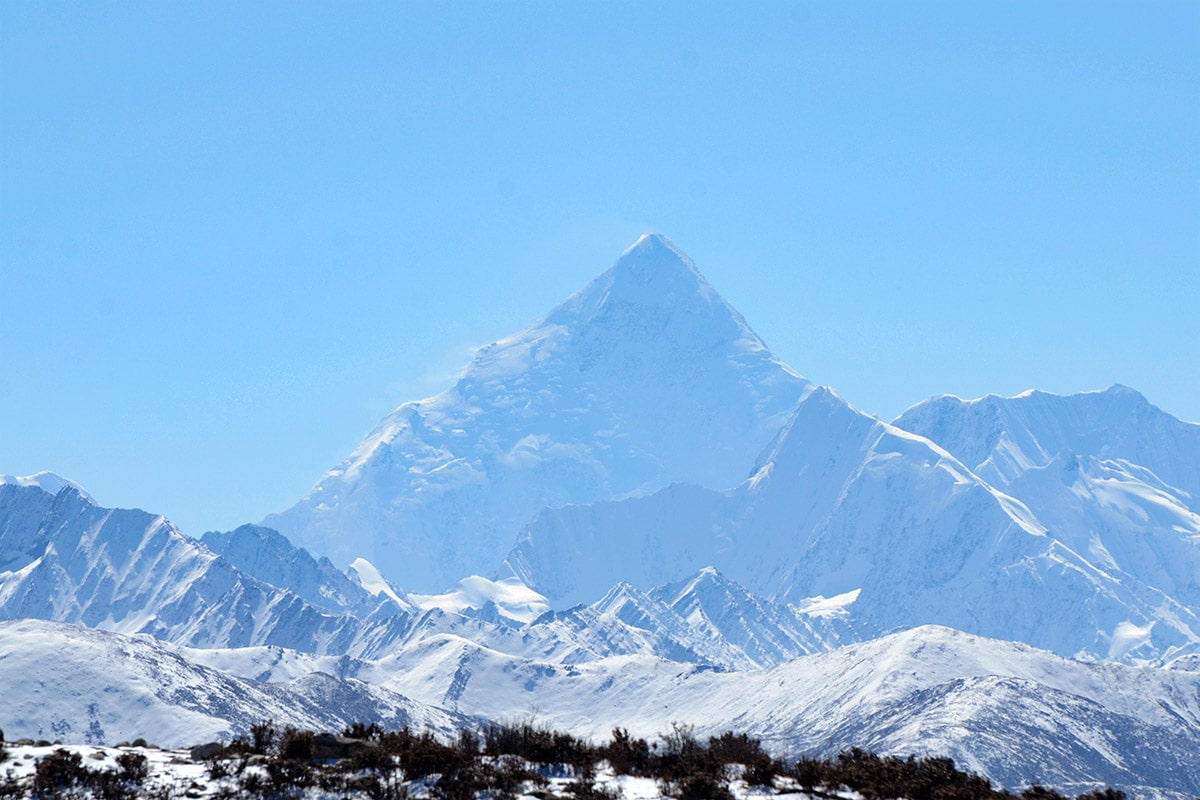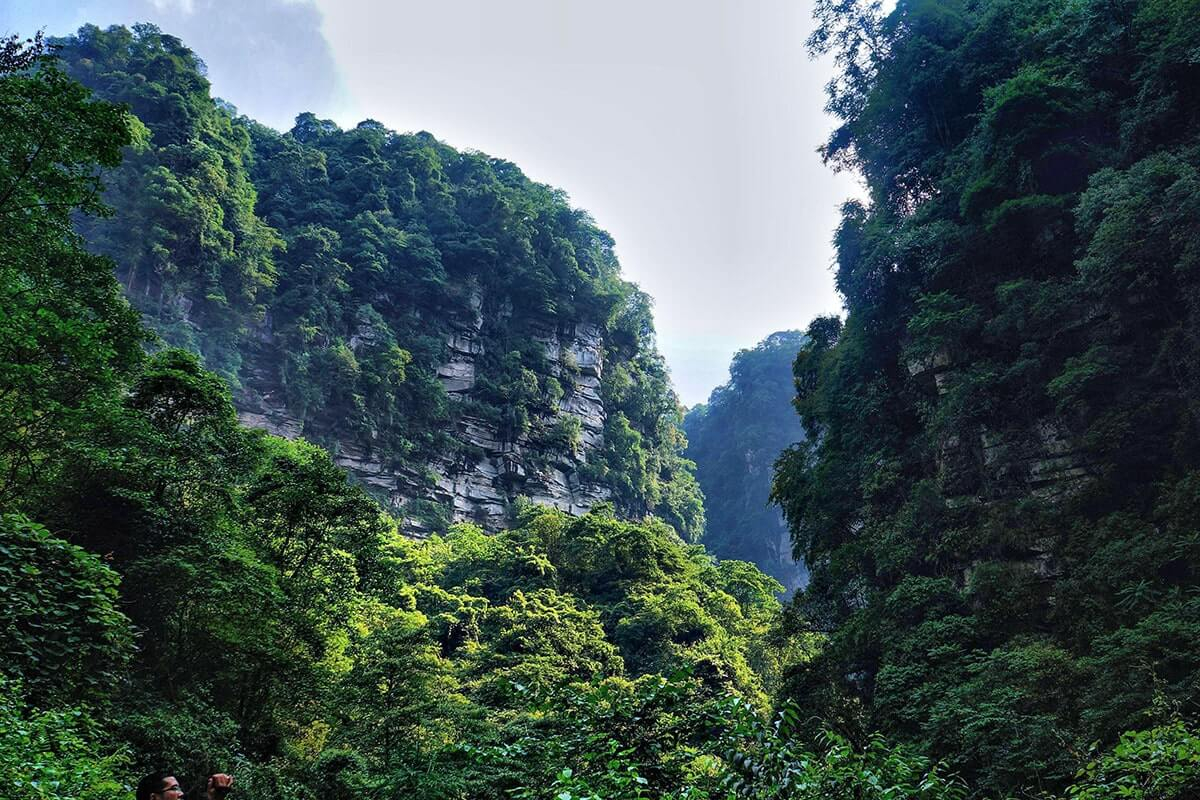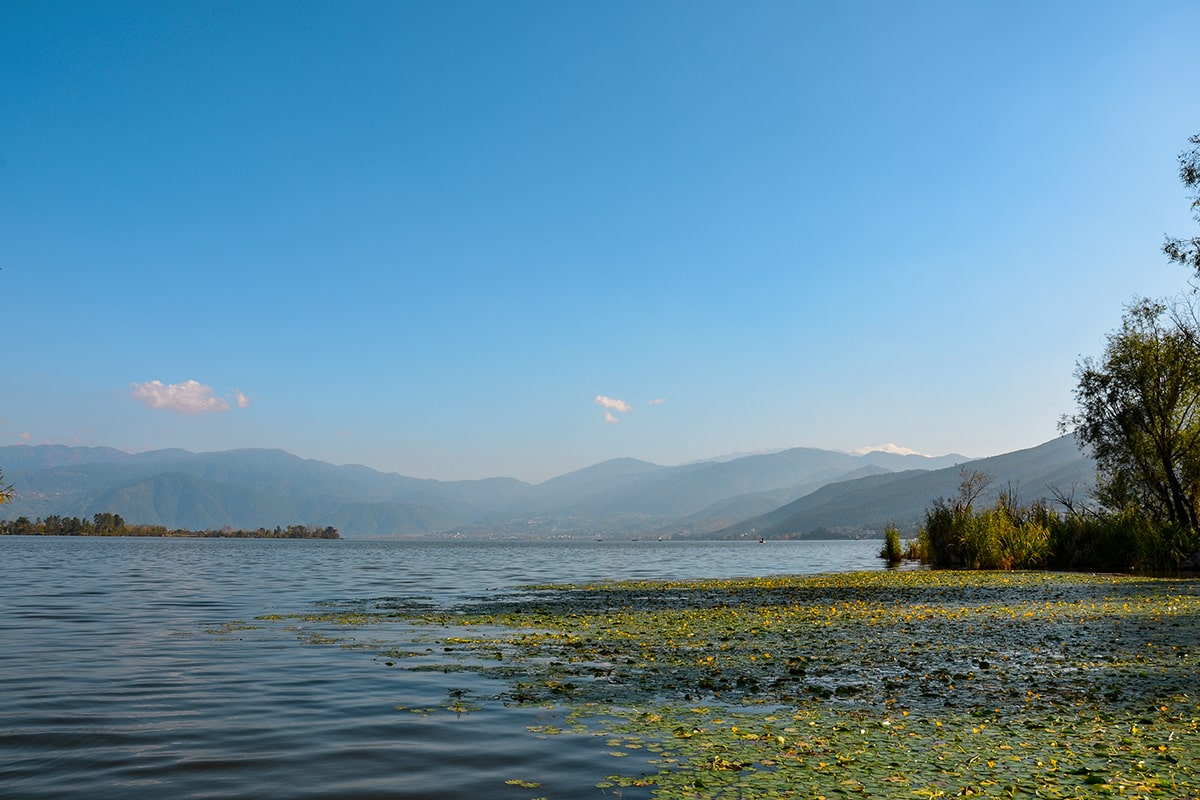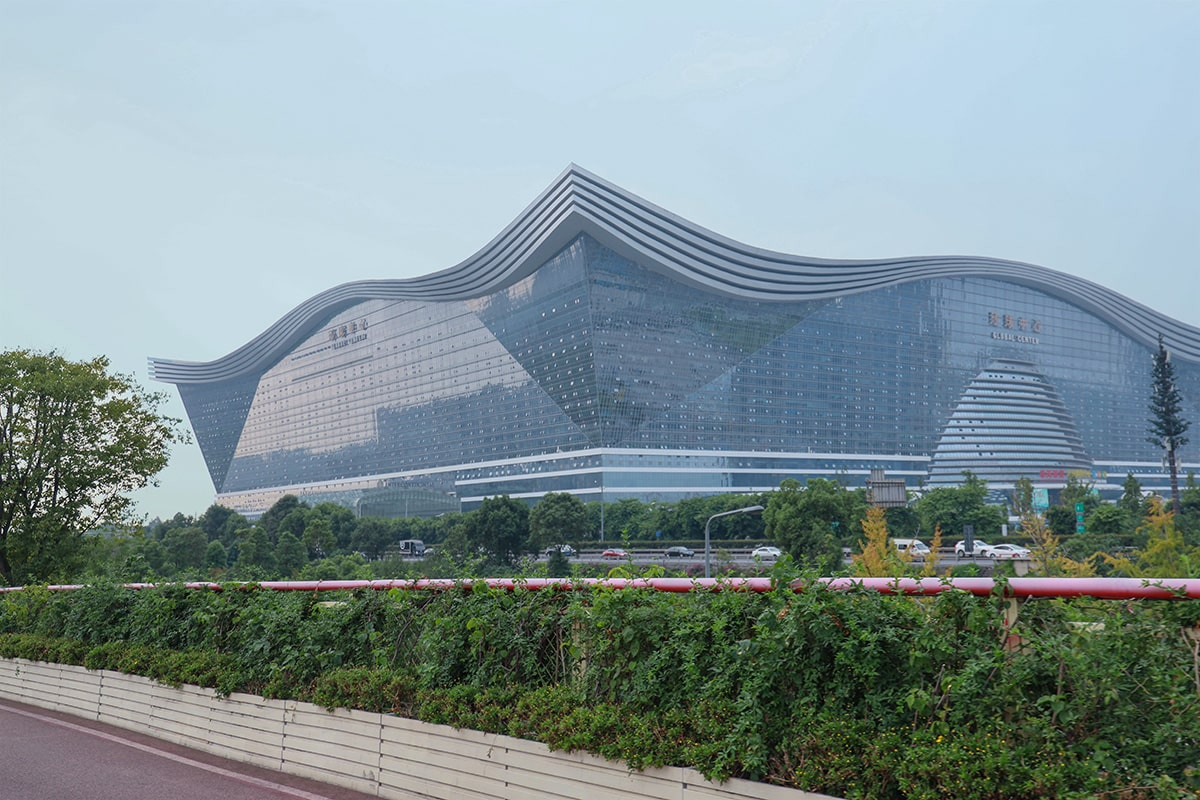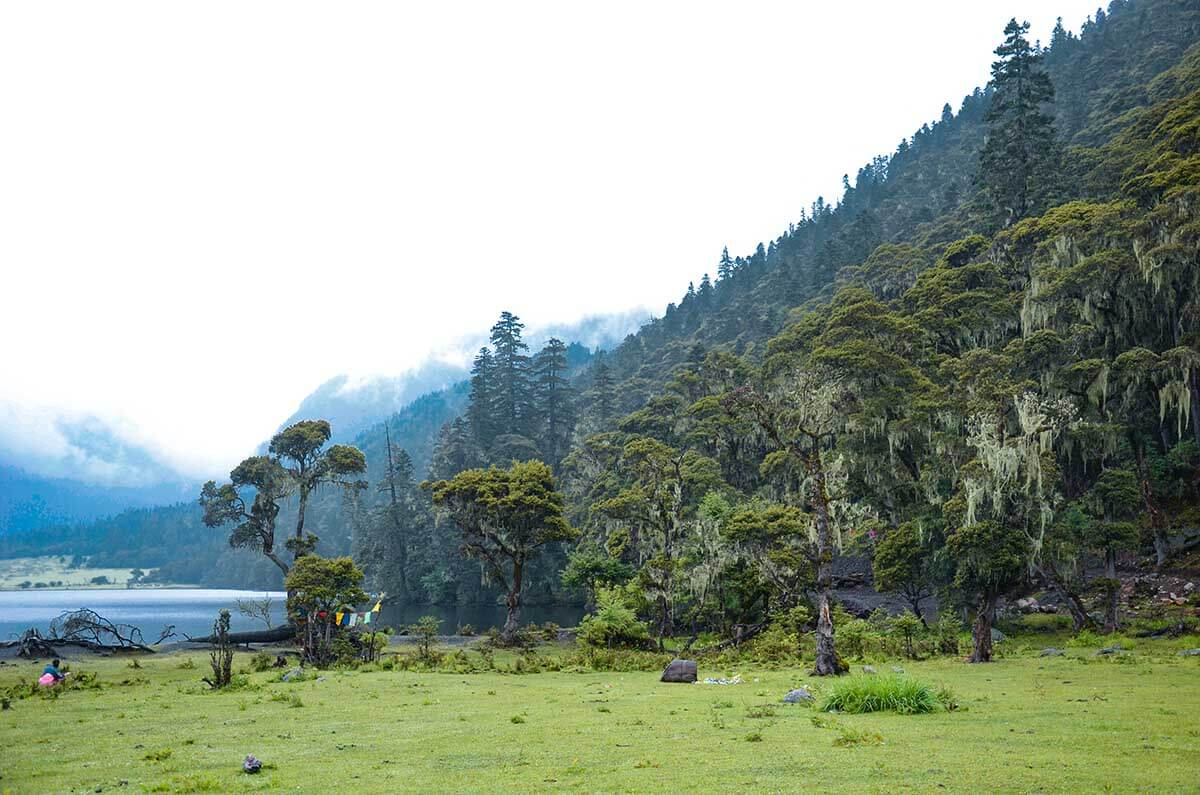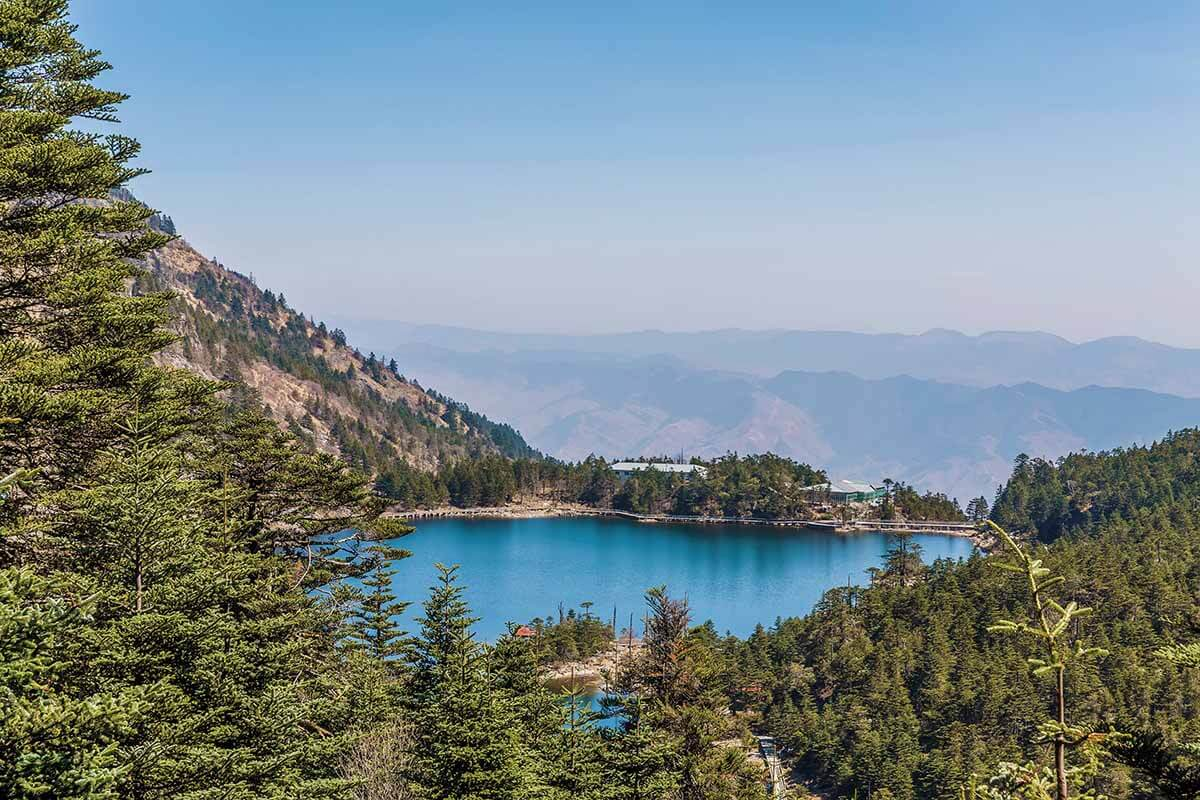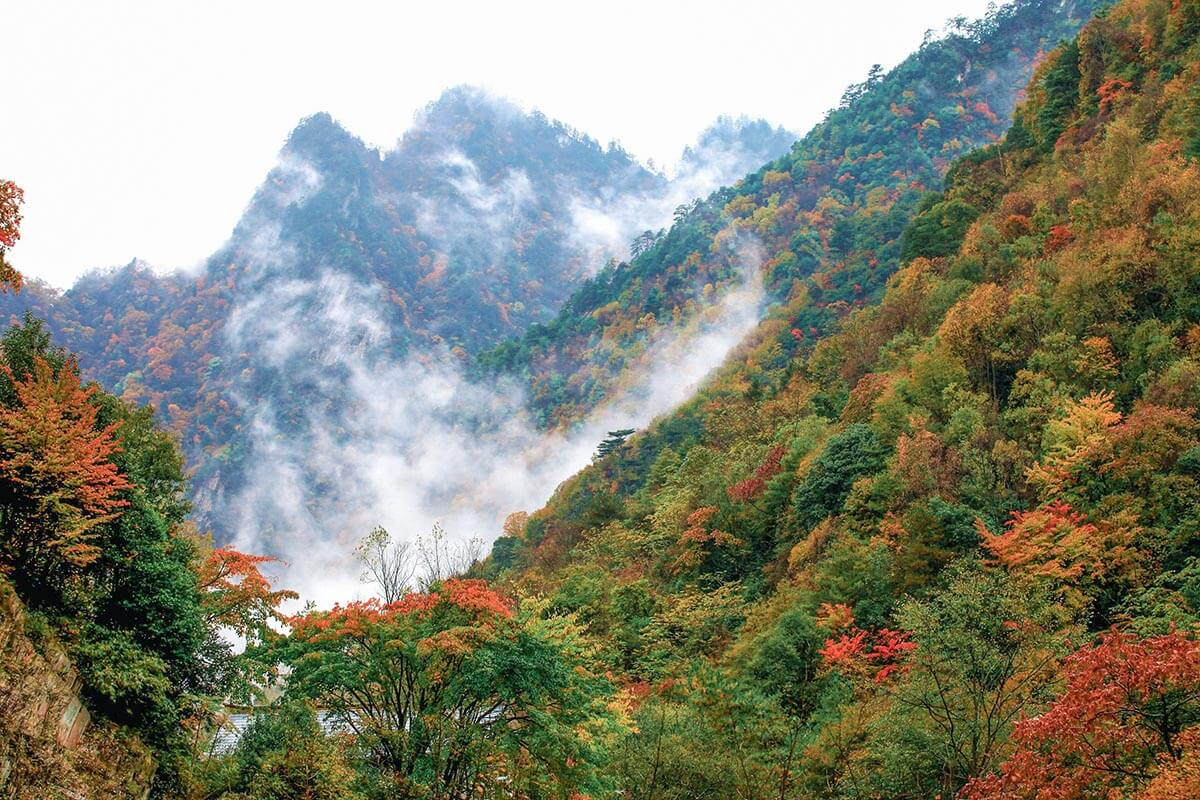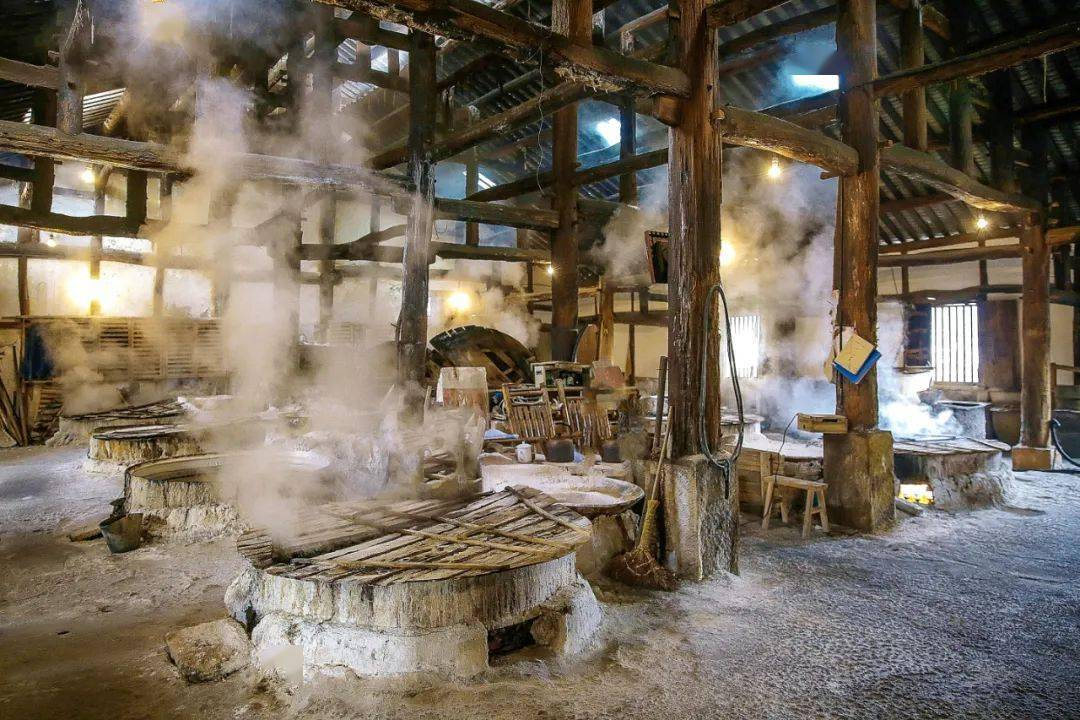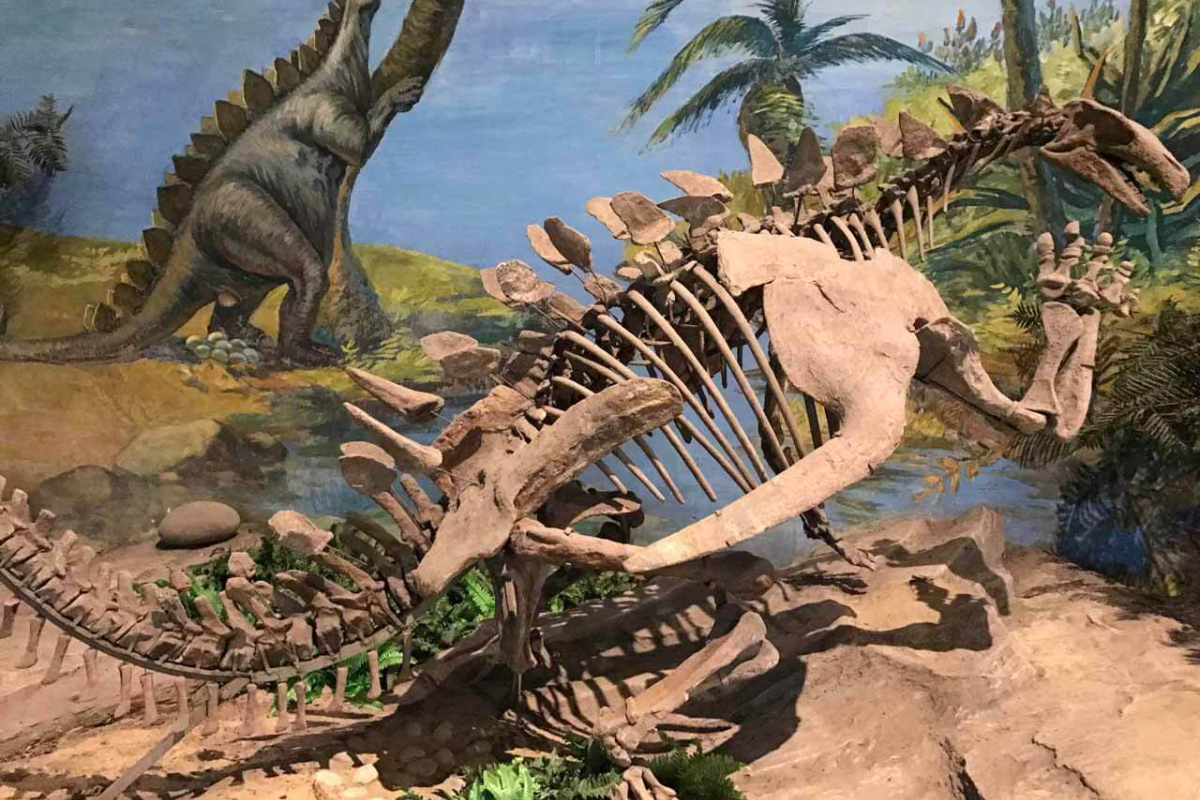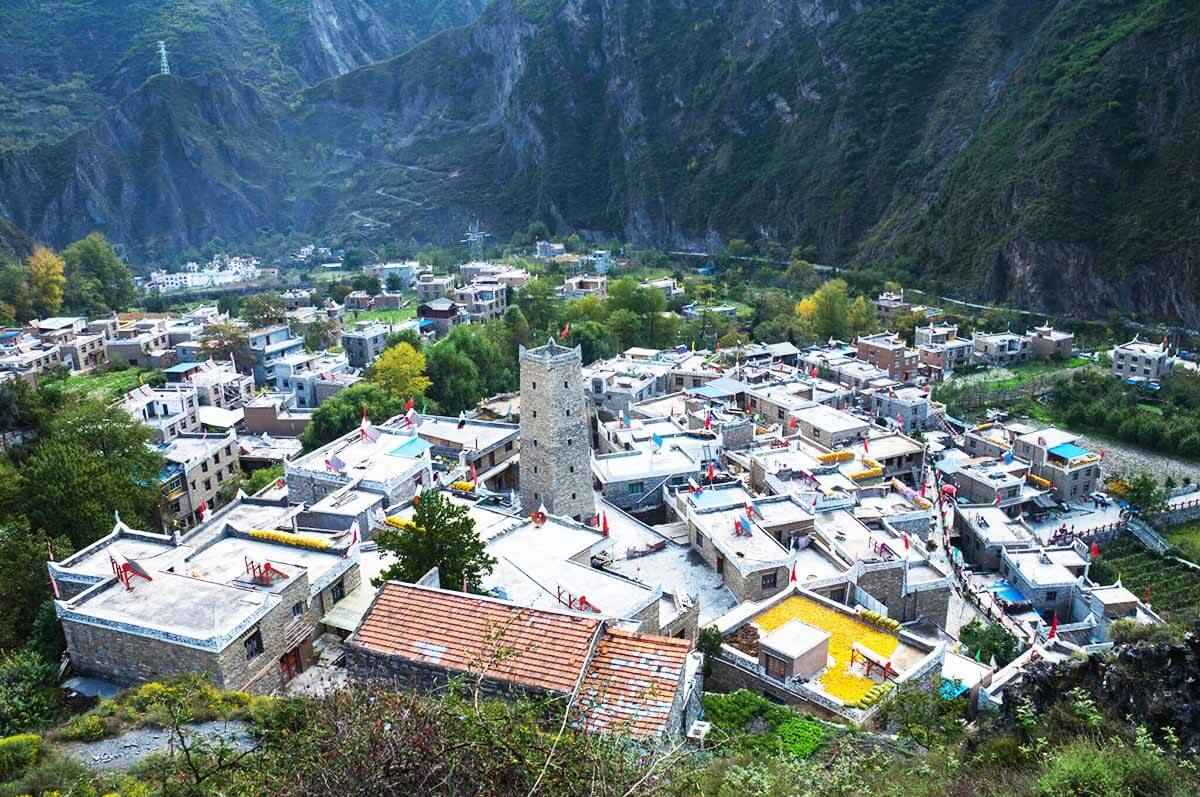Litang Monastery
Chinese Name: 理塘寺(Li Tang Si)
Location: Litang County, Ganzi Tibetan Autonomous Prefecture, Sichuan Province.
Ticket: Free
Estimated tour time: 1-2 hours
Recommended time to visit: May to Oct
Nearby attractions: Genie Mountain, Cuoka Lake, Xinduqiao, Daocheng Yading Natural Reserve.
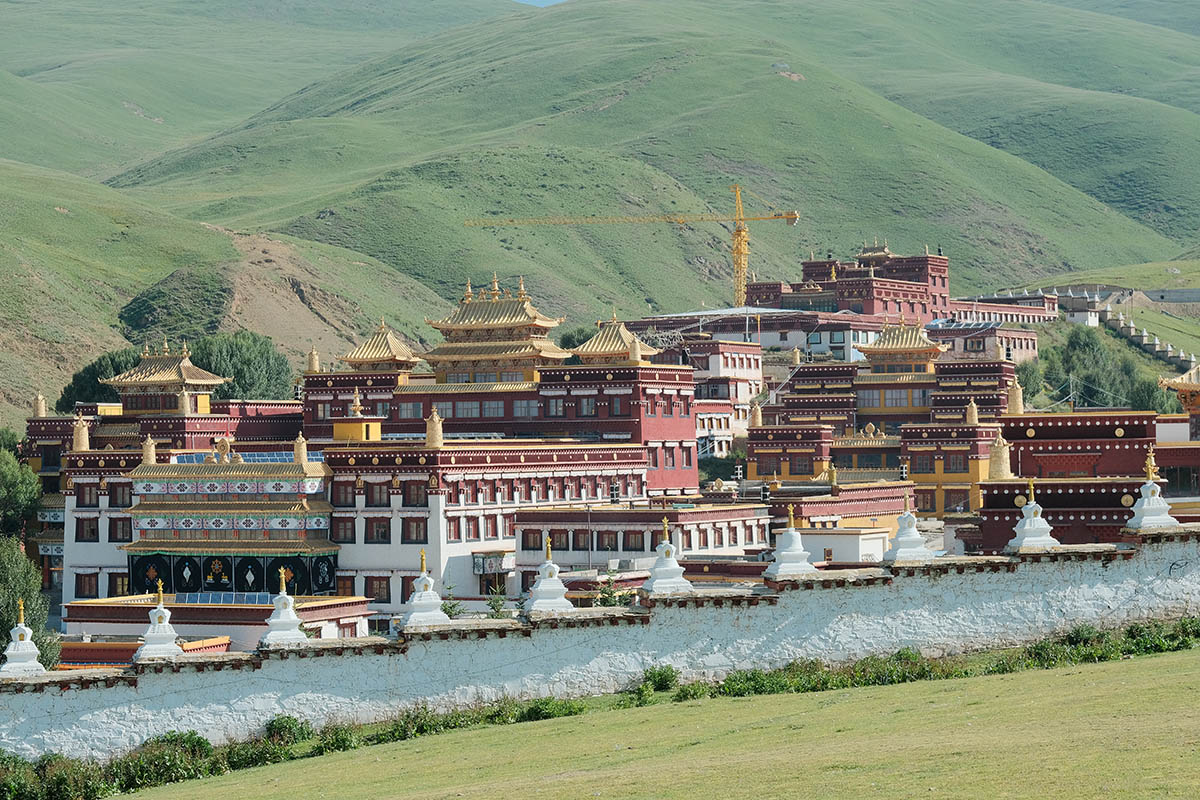
Litang is a small county in the southwest of the Ganzi Tibetan Autonomous Prefecture, western Sichuan province of Southwest China. Lying at the edge of a vast grassland valley, Litang is the administrative hub of Litang County. Also known in Chinese as Litang town , the town is situated in the southwest of Garze Tibetan Autonomous Prefecture in Sichuan Province. Litang is a historic town at an altitude of around 4,000 meters above sea level, even higher than Lhasa, which is why it is even known as a ‘town up in the air’.
Litang County has beautiful landscape and outstanding people. It is nicknamed “the Holy Land of the Snowfield” and “the Bright Pearl of Plateau”. The Geshe Holy Mountain (6,204m alt.), which is located in the southwest part of the county and known as one of the 24 major Tibetan Buddhism mountains. It is the best destination for prayer, travel and adventure; several famous Tibetan Buddhist figures were born here, including the Kelzang Gyatso, the 7th Dalai Lama, Tsultrim Gyatso, the 10th Dalai Lama, four of the Pabalas, and has strong connections with the epic hero Gesar of Ling, as well as the 5th Jamyang Xaiba of Labrang. The most famous lamasery in Litang is the Litang Temple.
The Litang Monastery is located on the north end of the Litang town. It was originally built by the 3rd Dalai-lama Sonam Gyatso in 1580 after the de-facto independant king of Litang switched allegiance from the Kagyupa to the Gelugpa school of Tibetan Buddhism. Litang Monastery is also called Ganden Thubchen Choekhorling Monastery, it means Happy Buddha Dharma in Tibetan which stands for the moral dharma appearing and truth lasts forever.
It's said that when Dalai traveled to Litang, he found the mountains here very unique. The mountains in the north looks like the statue of the God of Wealth with hand-holding treasures. In addition , the western mountains are like the wings of a giant eagle. However, The mountains in the east are like a giant elephant bending over. At the foot of the mountains, the Litang River resembles the hovering dragon. These natural wonders have matched with the prophecy of the Indian Master Atisha more than 900 years ago. So he turned the previous Banggen Monastery of the Ben religion into the the Gelug Sect. Furthermore , he changed the name to Ganden Thubchen Choekhorling Monastery.
The monastery is the largest and oldest Tibetan Buddhism monastery in the Kham Area. The temple has a close relation with the other three big monasteries in Lhasa. In Tibet, locals think Litang monastery ranks just behind the big three monasteries in Lhasa. Because the Dalai Lama VII and the Dalai Lama X were both born in Litang. It brought Litang lots of religion influence. Other than that, Dalai Lama VII once taught in Litang Monastery. The temple got huge reputation because of him. During that time, it was a popular pilgrimage place for monks and habitants in that area.
There are three main temples in the compound, of which one is under construction. The oldest seems to be the one on top of the hill, still featuring the wooden construction of the upper rim of the buildings. Inside, you can view several chambers and a bedroom in which the 7th Dalai Lama is said to have resided. Many more famous and influential personal figures were born here, including the 7th Dalai Lama, 10th Dalai Lama, the most influential Zebutsundaba Lama of Mogonia, the 7th Gyamuyang Lama, the 7th, 8th and 9th Pabalha living Buddha of Chamdo monastery and the 1st, 2nd and 3rd Xianggen living Buddha.
● Litang Horse Racing Festival
August 1st was annually the first day of the 3 days long Litang Horse Racing Festival that took place in the grassland of Litang county. Tibetan come from all over Kham, Amdo and central Tibet setting up their tents on the enormous grassland of Litang that makes the pasture like a “City of Tent”. The most exciting part of this festival is the horse racing. Brave riders take their pretty decorated horses to participate in the races showing their excellent horse riding skills, including picking up the scarlet on the back of a running horse and shooting targets while galloping…etc; Women are dressed in traditional and beautiful jewelry as they applaud the riders.
- HOTEST
- RECOMMEND
